Carbon monoxide (CO) is a colorless, odorless gas that can be deadly when inhaled in high concentrations. This poisonous gas is produced by the incomplete combustion of fuels, such as natural gas, oil, wood, and gasoline. Because of its stealthy nature, it’s crucial to have carbon monoxide detectors in your home to protect yourself and your family. In this blog post, we’ll explore where carbon monoxide detectors should be installed in a home and how many of them you need.
The Importance of Carbon Monoxide Detectors
Carbon monoxide is often referred to as the “silent killer” because it can go undetected until it’s too late. Without a carbon monoxide detector, you won’t have any way of knowing that dangerous levels of CO are present in your home. The symptoms of carbon monoxide poisoning are often mistaken for the flu, including headaches, nausea, dizziness, and confusion. In severe cases, CO poisoning can lead to unconsciousness and death.
To ensure the safety of your family, make it a priority to install carbon monoxide detectors in your home. This safety device can alert you to the presence of dangerous levels of CO, giving you time to evacuate and seek medical attention.
Where Should Carbon Monoxide Detectors Be Installed?
The placement of carbon monoxide alarms is crucial to their effectiveness. They should be strategically located throughout your home to ensure that any potential leaks are detected promptly. Here are some guidelines for where to install CO detectors:
- Near or In Bedrooms: It’s essential to have a carbon monoxide alarm in or near every bedroom or separate sleeping area in your home. People are most vulnerable to carbon monoxide poisoning when they are asleep, as they may not recognize the early symptoms. Placing CO alarms in bedrooms can provide early warning and help protect your loved ones.
- On Every Level of Your Home: Ensure that there is at least one CO detector on every level of your home, including the basement. Carbon monoxide is slightly lighter than air, but it can still spread evenly throughout a room. Having CO alarms on each floor helps to ensure comprehensive coverage.
- Near Fuel-Burning Appliances: Install a carbon monoxide detector 5-20 feet from fuel-burning appliances such as gas furnaces, water heaters, and stoves. These devices are common sources of carbon monoxide emissions, and having detectors in proximity can alert you to any issues.
- In Hallways and Common Areas: For extra safety, consider installing carbon monoxide alarms in hallways and common areas like the living room. This provides an added layer of protection, especially in homes with open floor plans.
- Away from Direct Sunlight and Drafts: Avoid placing carbon monoxide alarms in direct sunlight or near drafty areas, as extreme temperature variations can affect their performance. Keep CO alarms away from windows, doors, and heating/cooling vents.
How Many Carbon Monoxide Detectors Do You Need?
The number of carbon monoxide alarms your home requires depends on its size and layout. A general guideline is to have at least one CO alarm on each level of your home and one in or near each bedroom. However, here are some specific recommendations:
For an average-sized single-family home, it’s recommended to have a minimum of one carbon monoxide detector on each level, including the basement, and one in or near each bedroom. Larger homes may need more detectors to ensure comprehensive coverage. Consider additional detectors in larger living spaces or areas with fuel-burning appliances.
Ensure Your Carbon Monoxide Alarms Are Properly Installed
When it comes to installing carbon monoxide detectors, Goff Heating & Air Conditioning can provide professional and reliable services. We understand the importance of safety in your home and have the expertise to ensure that your detectors are installed correctly.
Here’s what you can expect from Goff’s installation services:
- Assessment: Goff’s experienced technicians will assess your home’s layout, size, and potential sources of carbon monoxide. This assessment helps determine the most effective placement of detectors.
- Installation: Once the assessment is complete, Goff’s team will expertly install each CO detector in the recommended locations. We will ensure that each device is functioning correctly and integrated with your home’s alarm system.
- Testing and Maintenance: Goff Heating & Air Conditioning will also test the detectors to confirm they are working correctly and provide guidance on routine maintenance to keep your CO detectors in optimal condition. This includes testing battery powered carbon monoxide alarms, when to install fresh batteries, and when to replace CO alarms in your home.
- Emergency Services: In case of an emergency, Goff offers 24/7 emergency services. If your carbon monoxide detector sounds an alarm, you can rely on Goff to provide the assistance you need to correct any issues with your gas furnace.
Protect Your Family with Carbon Monoxide Alarm Installation
Don’t take any chances when it comes to your family’s safety. Invest in carbon monoxide detectors, and if you need expert assistance, consider Goff Heating & Air Conditioning for a worry-free installation process. Remember, it’s better to be safe than sorry, especially when it comes to protecting your loved ones from the dangers of carbon monoxide. Contact us today for more information on CO alarm installation.

